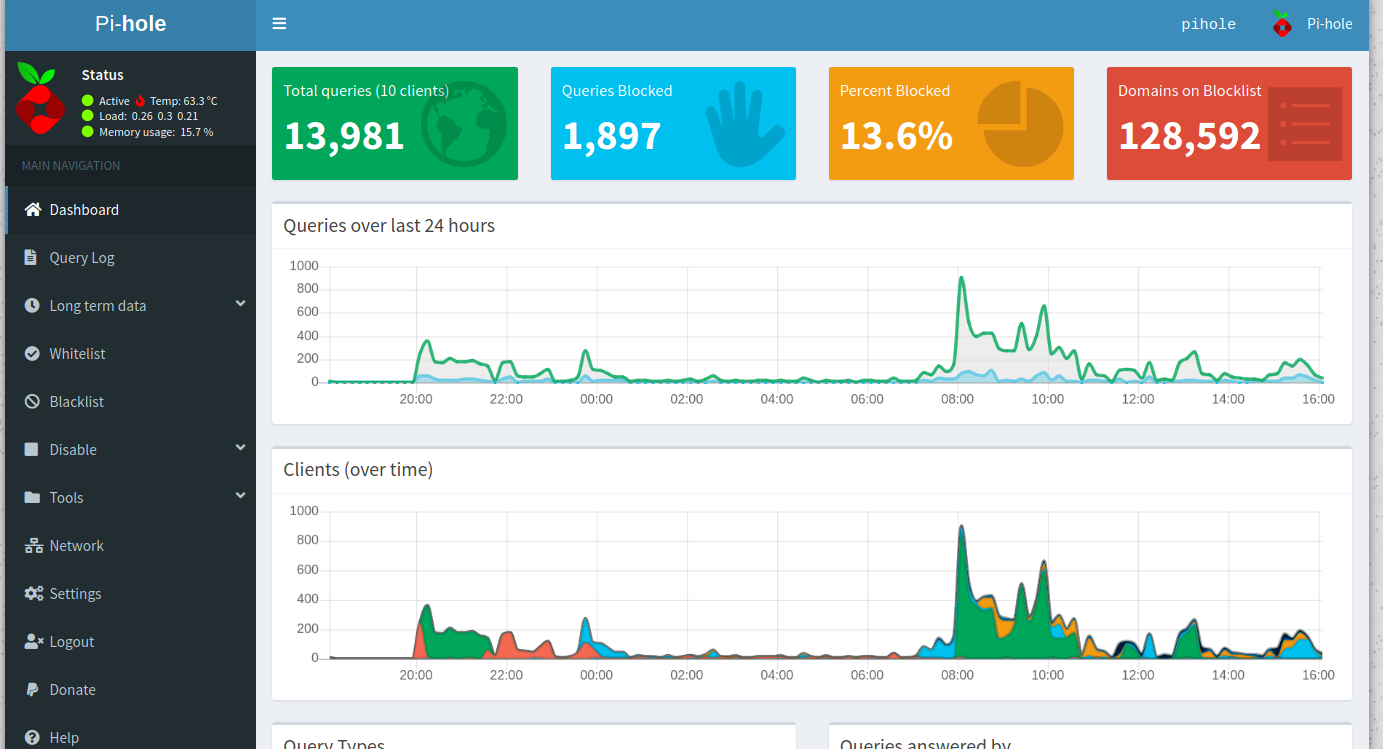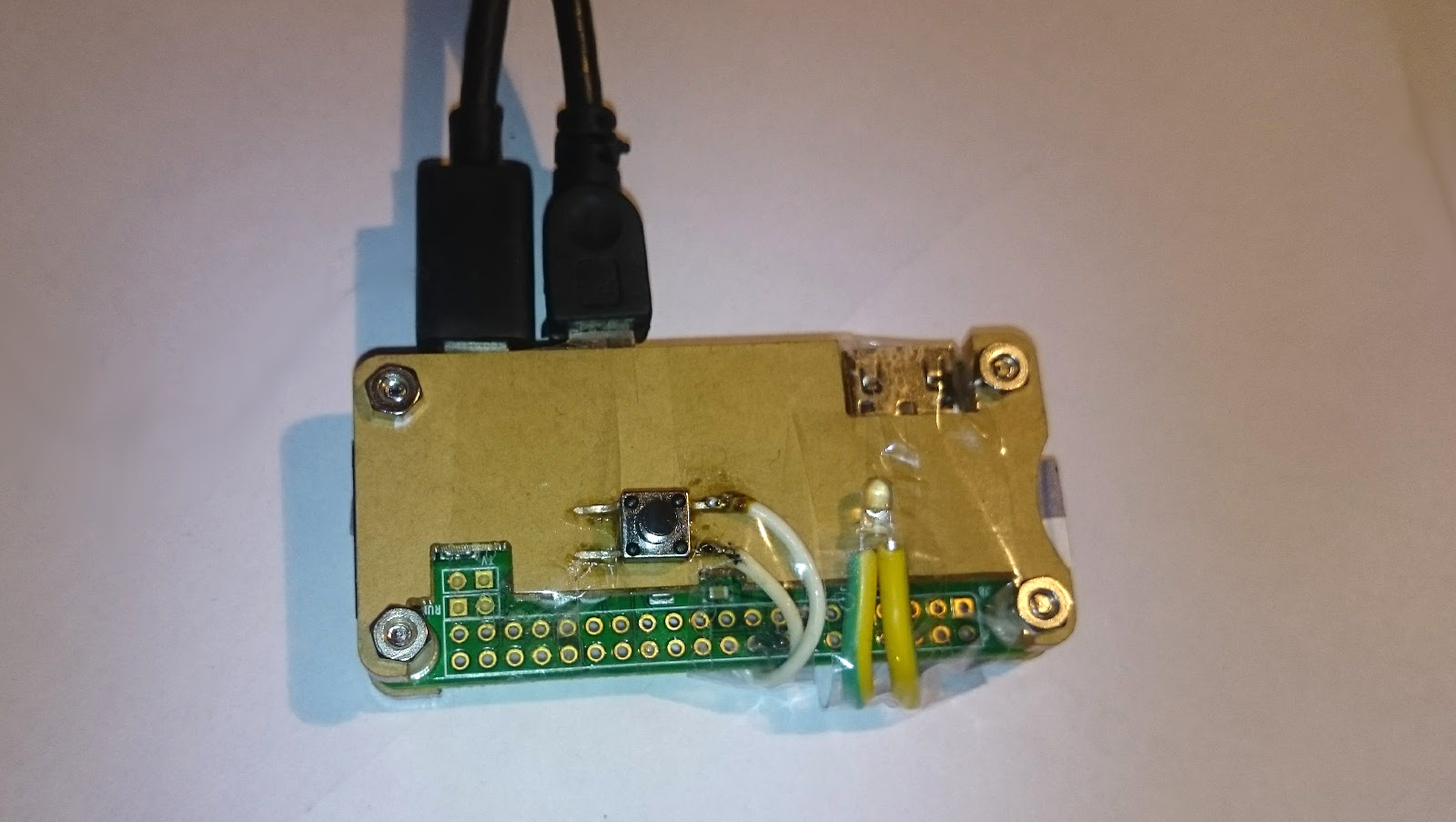The Internet is full of advertisements and marketing services which are marking and chasing you all over the web. I believe it is fair - if a user doesn’t pay for the product, the user becomes a product. Another problem with tracking and advertising services that they significantly affect browsing experience by draining up CPU, memory, making page look laggy, often affecting responsiveness.
Fortunately, the PiHole project helps to turn many of them off. More details about it are in my previous post
One might wonder, does pihole make any difference or it's just a placebo for a few geeks? I did a small research and took some measurements for the different websites with and without tracking.
Measurements were taken:
- Screenshot of the page - it's interesting to see if there is any significant visual difference, compare space occupied by the banners
- Number of requests - every request takes a lot of time even via the modern Internet protocols and fast internet connection. Also, downloading an additional code makes the page behave laggy as the browser needs to run it soon after. That's why the first seconds after the page visually completes it can behave a little hectic.
- Data transfered - the more data it needs the more time to pull information is required.
- Html loaded - it's a time required for broswer to load html page itself when DOMContentLoaded is emitted. I record an average time as this time can fluctuate significantly
- Page loaded - time to 'load' event, when all direct dependencies of the web page are loaded. That include stylesheets, javascript and images





